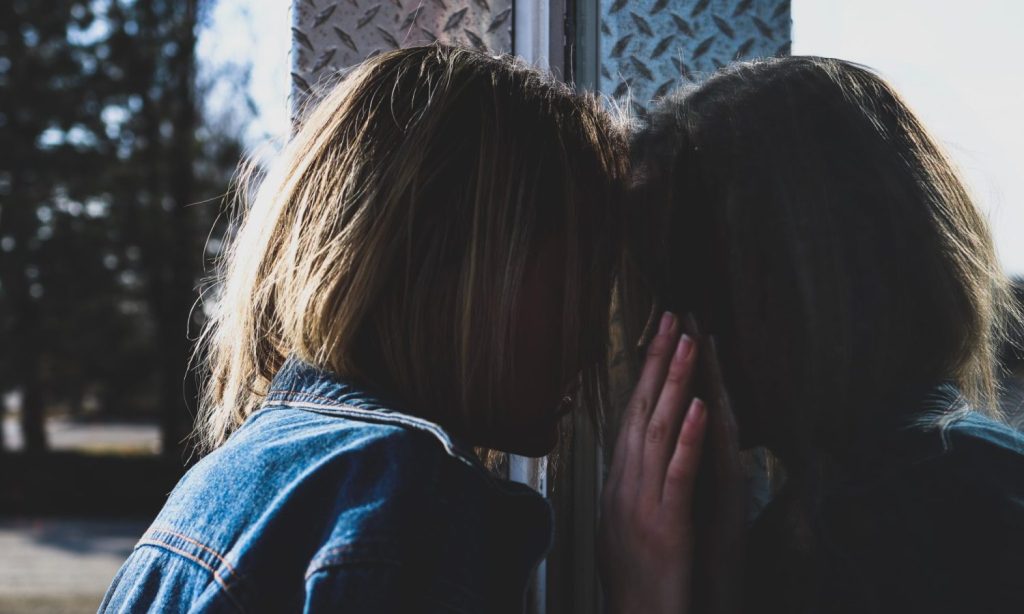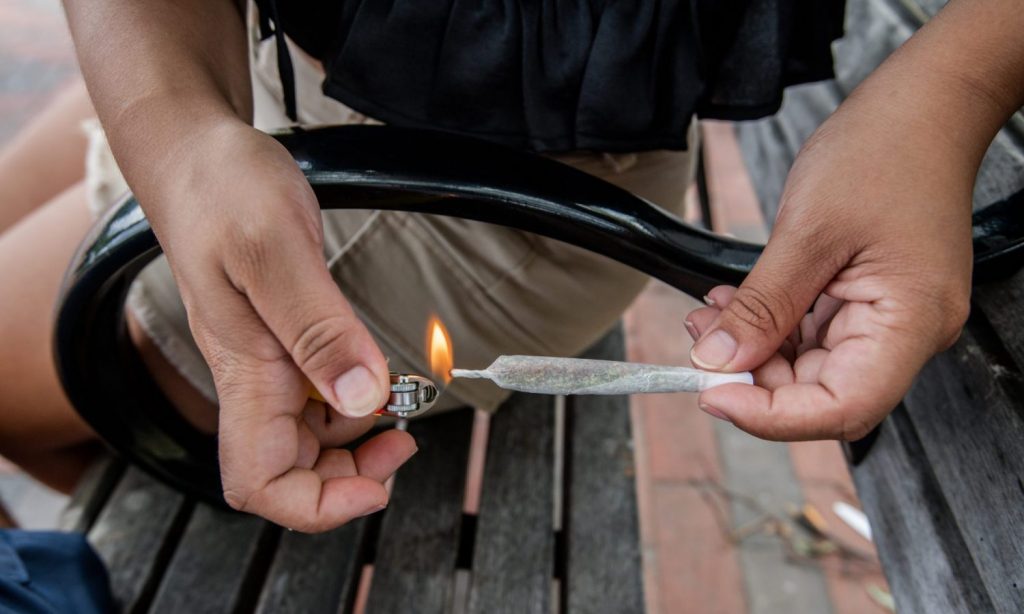Marijuana’s effect is not completely understood, which is why some people have adverse reactions to the drug and others don’t.
People tend to have two reactions when it comes to using marijuana: they either find it very relaxing or they don’t. Those who belong to the latter group accuse the plant of causing them tons of paranoia and anxiety, making them feel like they are too “in their heads,” or like they expect people on the street to call them out on their misbehavior.
Bad highs are almost like meltdowns. They’re moments where the consumer’s body reacts in a way that’s stressful, paranoid and even scary. While temporary, these episodes still feel terrible and can turn a lot of people away from weed. The only way to get through a bad high is to wait them out.
RELATED: 7 Ways To Get A Bad High Under Control

These anecdotes leave cannabis in an interesting spot. The same plant can produce exact opposite effects in different people, all because of genetics, experience and predisposition to the drug.
Marijuana produces effects by interacting with the cannabinoid receptors in our bodies, located in different areas, like our brain and skin. Cannabinoids, such as THC, bind to the receptors in the brain, causing either relaxing or stressful effects. Some of these receptors are located in spots governed by the amygdala, a section of tissue that’s responsible for managing emotions like fear, stress and paranoia.

THC is known for increasing heart rates and producing an influx of thoughts — both of these behaviors that can cause anxiety for people that are naturally anxious or who haven’t experienced these feelings before.
Studies show that the positive and therapeutic effects of cannabis are due to the influence of cannabinoids on our endocannabinoid systems. These positive results appear even more markedly on patients that have experienced trauma and PTSD, who usually have low levels of chemicals like anandamide.
RELATED: New To Marijuana? You Need To Know About Weed’s ‘Sensitization Period’
The most clear link between freak outs and cannabis occurs when people are new to the plant or they’ve had a negative experiences with it — with both of these creating a predisposition towards these kind of reactions. It’s a little unexplainable, kind of like whether people are crying drunks or simply happy drunks.
The most direct way of managing or preventing these reactions would be to stick to low and manageable doses and to consume cannabis somewhere that’s comfortable and private, surrounded by people they trust. It’s also important to account for your personal history; are you normally an anxious person? Are you in the wrong headspace to add a substance into your body? These are all serious questions that you should be asking yourself, especially if you have little experience with the drug.

For newbies and people who’ve had bad experiences with weed but are willing to give it another shot, the type of weed you smoke, your location and companions are pivotal factors. On your next trip to your dispensary, be sure to ask your budtender for a relaxing strain, something that’s focused on the body and not the brain.
RELATED: How CBD Blocks The Paranoia And Anxiety From Marijuana’s THC
By trying to manage outside factors like who you’re with and keeping track of how much cannabis you’re consuming, you can try to curb the possible freak outs and reintroduce yourself to fun experiences with weed. But it’s also okay to come to the realization that maybe cannabis, or edibles or vapes, simply aren’t for you.


